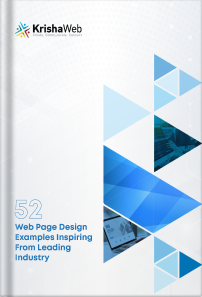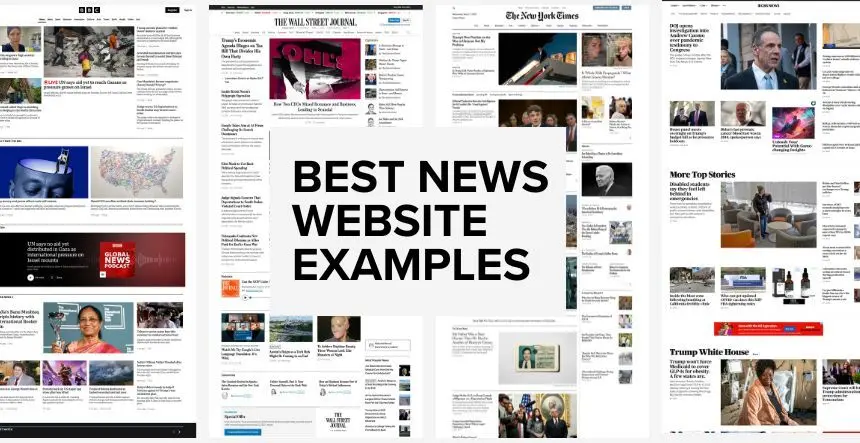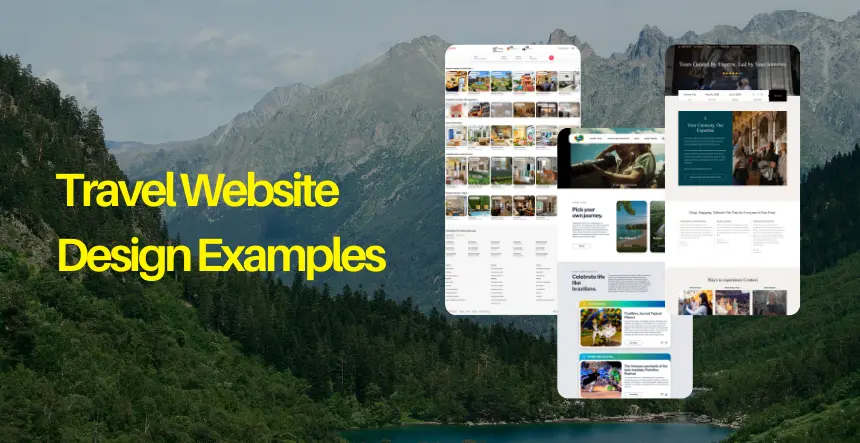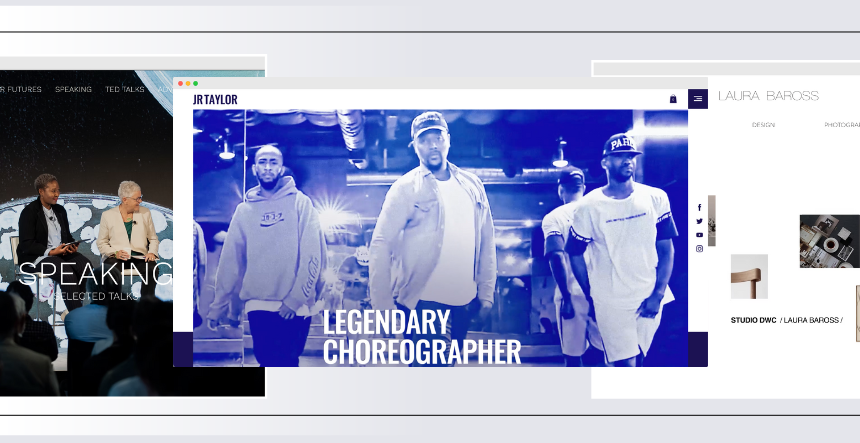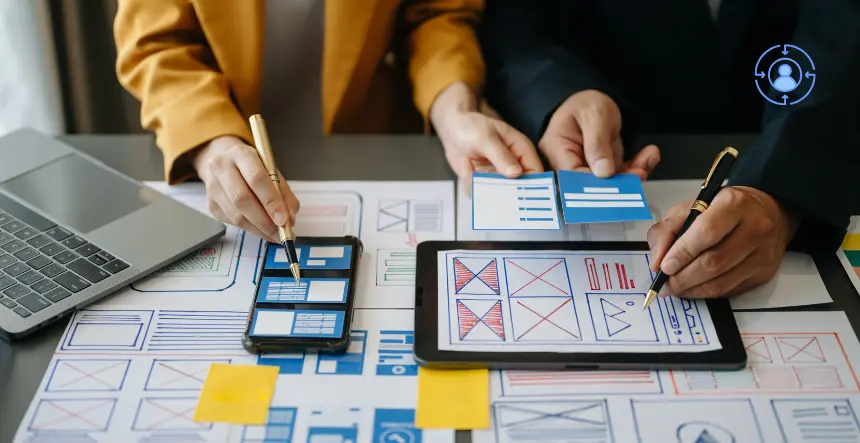
The process of designing a website could be really challenging and time-consuming. It is crucial to consider all the critical factors during this process and that too step-by-step to ensure quality end results.
Factors such as codes, programming languages, wireframes, visuals, etc., should be taken into consideration appropriately to avoid any kinds of errors and fulfill the requirements of a client. In addition to that, this process demands several individuals, such as developers, clients, managers, coders, etc., to get the work done correctly.
You should follow an effective and appropriate plan during the website design process. It is the most basic and essential step as each project assigned to the agency or a team varies in some or the other way; it is quite evident that there is/are no specific plans to design a website.
Moreover, this article shall further elaborate on each of the 10 steps of this process, which web designing agencies generally prefer to design a website.
Why is it Necessary to Have Knowledge of The Process?
To get quick results, we might skip on the most important part – getting to know about the process and having the right information. But, don’t do it. We repeat, NEVER!
This process of web designing is also considered as an outline or short plan of the steps required by an agency or a team in order to design a website.
End-to-end knowledge of the process helps you in saving time, resources, and efforts from being wasted.
In addition to that, these plans are also helpful in several ways. Some of them are mentioned below:
- It results in better and faster web designing and development processes.
- Management and organization of all participants are done rightfully.
- Useful in managing different resources of designing & development properly.
- Helpful in forming a good impression on a potential customer.
- It provides users and visitors with a great user experience.
Proper knowledge of the process also helps the company attract more clients. In short, the team or the developer should have complete and accurate knowledge of the 10-step process followed by web designing agencies to develop a website.
“There are three responses to a piece of design – yes, no, and WOW! Wow is the one to aim for” – Milton Glaser.
And in order to aim for the wow and successfully achieve it, you need to have a thorough understanding of the process and other things around it!
Given Below Are the 10 Steps Followed by Web Designing Companies to Build a Website:
1) Defining a Project
This step is considered the first step of the process. In this step, a conversation occurs between the developer and the client regarding the client’s needs. In several cases, clients do not have an idea regarding their wants at this stage and are open to ideas from the development company.
It is crucial for the client as well as the agency to discuss website and business requirements. After that, a discussion regarding the technical aspect of the client’s need should be addressed.
Following is the step of content sourcing, where discussion about the type of content, information about the company, visuals, etc., should be done. And lastly, different companies provide different kinds of services and have the resources around that, so the agency has to consider that as well.
It is the foundation of the business and defines the future of the website. It is advisable to have a proper amount of communication and cover up each detail.
2) Providing Brief
After the necessary discussion about the foundation and defining requirements, moving on to the next step – offering a brief to the clients. If you and your clients are not on the same page – then the end results will not be satisfactory, which may affect the reputation of your company.
The individual or the team collecting information should understand the needs and wants of the client properly and make brief accordingly to present a better first impression in front of your client. You need to cover each & every detail while giving a brief.
Given below is a good set of questions that should be asked to the client before taking on and starting a project.
- What’s your company’s unique selling point?
- Tell us about your team’s expertise and skills.
- Take details about the processes.
- What kinds of goods and services does your company provide?
- Who is your target audience, and do you have any specific buyer persona?
Providing brief information regarding the company and the project will help the agency design and customize the website, giving your client an edge over their competitors while also helping them in defining their brand.
3) Planning
Moving to forward to yet another unskippable step – planning. It is inevitable to conduct proper research and construct a proper plan before jumping on to the designing stage.
Preparing the proper and detailed roadmap with all the vital information and a step-by-step guide helps the agency in offering satisfactory results while also easing the task.
The result is directly proportional to the time spent during the process of planning. Taking sufficient time to plan a website will definitely save you a huge chunk of time, money, effort, and other resources.
This step also plays a vital role in making clients realize their role with deadlines and content. This step consists of 3 basic tasks: authentication and creation of a plan for SEO, development, and reviewing of content, and design of a website sitemap.
4) Information Architecture Set-up
One of the goals of website development & designing is to map out the entire structure of a specific website or website. In addition, it focuses on deciding the quality and quantity of the content that needs to be uploaded to the website.
This step is useful in providing the best potential of the website to its users and fulfilling their requirements, uplifting the company’s image.
Furthermore, creating a sitemap won’t only demand listing out of all the necessary web pages in advance. It’ll also help you understand the connections between those listed on web pages. It will provide you and your team with an easy-to-understand map of the informational structure of the web.
Quick Tip – Different tools, such as XML Sitemaps Generator, FlowMapp, GlooMaps, etc., can be helpful in plotting out the user experience and creation of sitemaps.
5) Wireframing
Website designing company create initial page set-up and mock-ups at this stage of the website design process.
They do not have any design elements, only dummy blocks and visuals to diagrammatically replicate a data structure. The team also maps the locations of the functional components to guarantee the right degree of accessibility and usability.
The team then needs input from the client in order to make any necessary adjustments and obtain authorization to proceed with the suggested option.
The client must participate in this step because it kicks off the entire website development process in the appropriate direction. Missing something in this one could result in additional expenses and delays.
The process consists of 3 steps:
- Begin with a website wireframe instance available online and create one taking the help of web designing software.
- Consider using tools having the feature of prototyping. Figma, for example.
- Create the wireframes right into your Content Management System (CMS).
6) Copywriting
As we all know, content is kind, and it definitely is! Words have the power to influence visitors and appeal to them to take action in the way you want to be!
Writing user-friendly content, adding strong CTAs, and curating the vision, mission, and other details, keeping the company’s goals and their targeted audience in mind, is important and beneficial to generate maximum conversions!
In this stage, utilizing the personalized information given by the client is also necessary to make the website stand out from the rest and provide a unique identification of the website.
Here are a few things we should keep in mind while copywriting –
- Use the same tonality on every web page of the website!
- Use the right words considering the target audience.
- Don’t bluff.
- Try not to make it salesy; make it informative and authoritative.
- Try to follow a certain flow or template for almost every page.
- Create demand through your words.
- Keep the client in the loop as well to get their insights.
7) Designing
Here comes the most crucial stage of the web development process – web designing. After the wireframing and updating from the client, the agency will start working on the web design.
Every design element must be positioned carefully in this step for your website to attract your target market.
Quick-Tip Developers transform the wireframe into more feasible mock-ups using software like Photoshop.
Colours – The colour scheme determines how the user will feel, so be sure the agency connects with your audience and uses colours that are consistent with your brand.
Visual components: The website’s visible features include boxes, icons, menu boards, and much more. These must discretely communicate the brand message.
Media – The site’s sound, multimedia, and image content is referred to as “media.” Useful information includes what kind of pictures to use, how to display them, whether to slide them in or out, and other similar subjects.
8) Development
After designing, comes a phase known as ‘Development’. The stage of development is all about moving further, bringing the work done in the designing phase to life, and allowing them to perform their tasks. All the work done in the previous stages becomes real when the process of development begins.
But this step is also one of the most time-consuming stages, as it consists of several pivotal steps such as the Conversion of the design into a working HTML/CSS template, The addition of each functional unit, Converting CSS/HTML templates into a website based on CMS if necessary, and lastly, Testing.
It is crucial to keep in mind factors that are important, such as Framework, Accessibility, Web standards, A site’s performance, Privacy policies and security, etc.
9) Launching
After unending efforts, there comes the final time to launch the website at last. At this stage, all the preceding steps and testing of the website are completed, and the website is finally ready to be launched for the users.
But this is one of those phases of the process where errors take place all the time. Nevertheless, if there’s no bias in all the preceding steps, then the chances of any error occurring at the time of the final launch are negligible.
But still, to be sure and not face any problems, kindly consider the steps listed below –
- Final tests related to security, working, performance, etc.
- Transferring of the website to the client’s server from one of the agencies.
- Integration of additional brief extracts such as Email marketing, Google code analytics, adverts, etc.
- Conducting final user experience tests.
10) Maintenance
You are wrong if you think the process ends when the website is launched. After the website is live, the user demand for enjoying seamless user experience increases. And your client definitely wants to keep it.
This maintenance stage is generally considered optional most of the time. But for the ones who prioritize strategies of marketing, it is unavoidable.
Consistent maintenance and support keep your site running smoothly and deliver a hassle-free experience to the customers, which appeals to customers to stay and not turn on to their competitors.
Conclusion:
To sum up, different kinds of websites vary in shape, size, design, etc. However, each client’s needs and wants are different, making their websites different from one another. But when it comes to the process, it looks almost identical during each time and project.
Considering website development that helps you build a lucrative sales pipeline through digital marketing – look no further. Get in touch with the expert team at KrishaWeb today.



